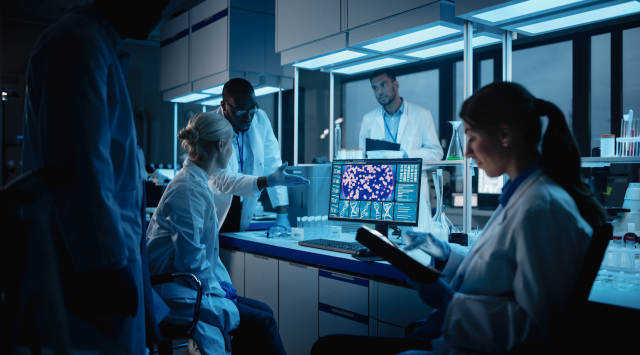
Sponsored

Sponsored
3.0 Clinical Points
3.0 Max Points
Level 2

Sponsored
3.0 Clinical Points
3.0 Max Points
Level 2

Sponsored
3.0 Clinical Points
3.0 Max Points
Level 2

Sponsored
3.0 Clinical Points
3.0 Max Points
Level 2

Sponsored
3.0 Clinical Points
3.0 Max Points
Level 2

Sponsored
3.0 Clinical Points
3.0 Max Points
Level 2

Sponsored
3.0 Clinical Points
3.0 Max Points
Level 2

Sponsored
3.0 Clinical Points
3.0 Max Points
Level 2

Sponsored

Sponsored
3.0 Clinical Points
3.0 Max Points
Level 1

Sponsored

Sponsored
3.0 Clinical Points
3.0 Clinical Points
6.0 Max Points
Level 2

Sponsored
3.0 Clinical Points
3.0 Clinical Points
6.0 Max Points
Level 2

Sponsored
3.0 Clinical Points
3.0 Clinical Points
6.0 Max Points
Level 2

Sponsored
3.0 Clinical Points
3.0 Clinical Points
6.0 Max Points
Level 2

Sponsored

Sponsored

Sponsored

Sponsored

Sponsored

Sponsored